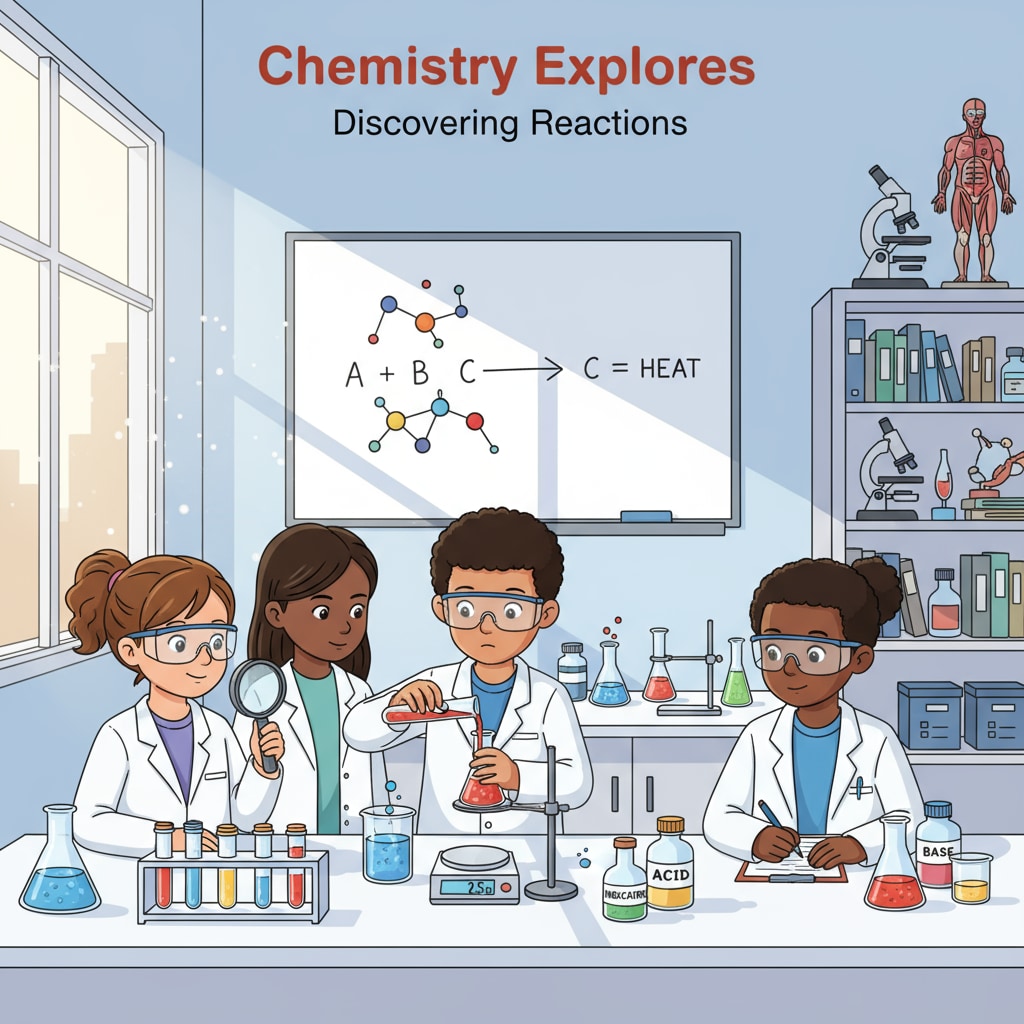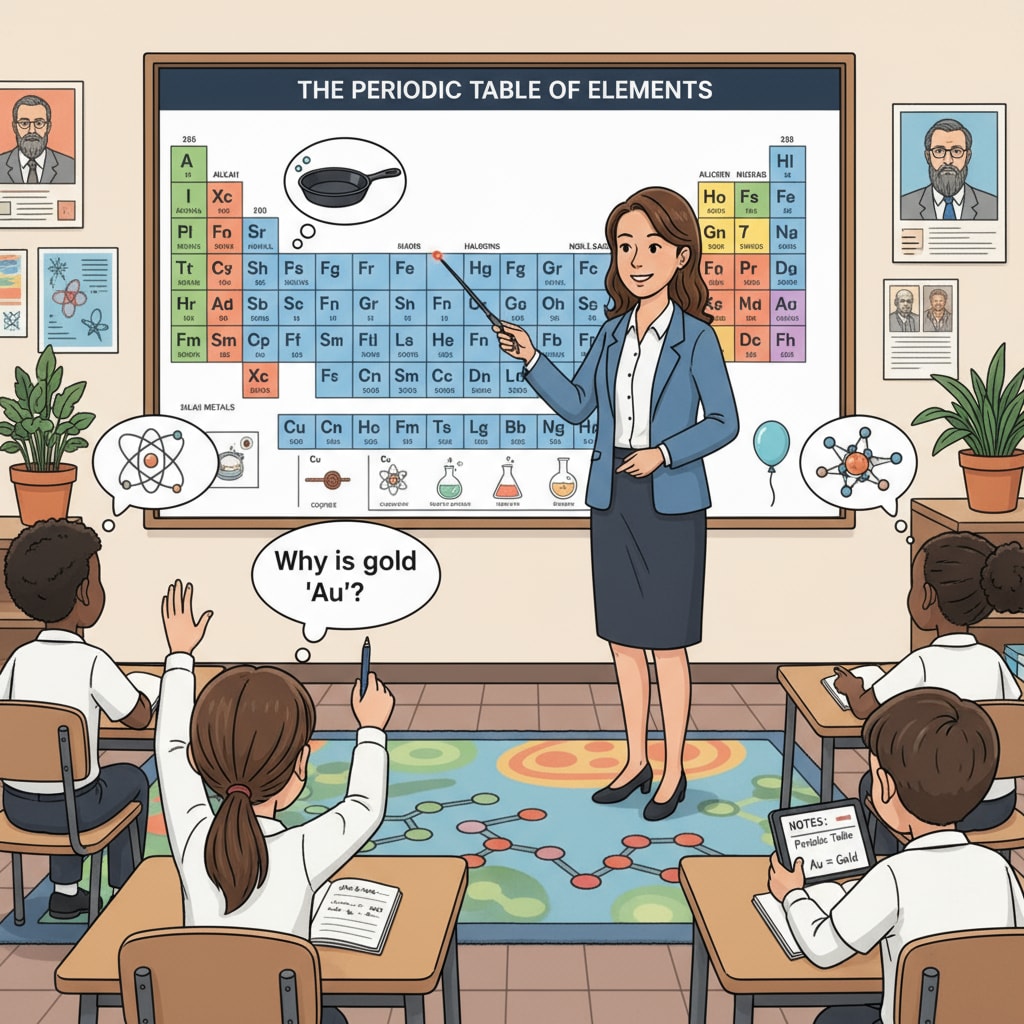Chemical research, career planning, and interdisciplinary interests play crucial roles in shaping a student’s future in the field of chemistry. In today’s rapidly evolving world, the boundaries between different disciplines are blurring, and an interdisciplinary approach is becoming increasingly essential. For students in the K12 stage, it’s the perfect time to start laying the foundation for a successful career in interdisciplinary chemistry.

Nurturing Scientific Literacy
Developing scientific literacy is the first step for K12 students interested in chemistry. This involves understanding the basic principles of chemistry, such as atomic structure, chemical reactions, and the periodic table. Teachers can use hands-on experiments and real-life examples to make these concepts more accessible. For example, demonstrating how baking soda and vinegar react to produce carbon dioxide can help students visualize chemical reactions. According to Wikipedia’s page on Chemical Education, hands-on learning experiences enhance students’ understanding and interest in the subject.

Exploring Interdisciplinary Interests
Encouraging students to explore interdisciplinary interests early on can open up a world of possibilities. Chemistry intersects with many other fields, such as biology in biochemistry and pharmacology, and computer science in computational chemistry. Teachers can introduce projects that combine different disciplines. For instance, a project on analyzing the chemical composition of plant compounds using computational tools can spark students’ interest in both chemistry and computer science. As stated in Britannica’s article on Interdisciplinary Studies, such interdisciplinary projects help students see the practical applications of their knowledge.
By exposing students to these interdisciplinary areas in K12, we can help them identify their true interests and passions. This early exploration will be invaluable when they start planning their future careers in chemistry.
Career Planning in K12
Although it may seem early, career planning can begin in K12. Teachers and parents can guide students to research different career paths in chemistry. This could include roles in research and development, quality control, or chemical education. Students can learn about the educational requirements and skills needed for each path. For example, a career in chemical research may require advanced degrees and strong laboratory skills. By starting this process early, students can set goals and work towards achieving them.
In conclusion, K12 is a critical stage for students to develop their chemical research skills, explore interdisciplinary interests, and start planning their careers. By focusing on scientific literacy cultivation, interest exploration, and career planning, we can help students build a strong foundation for a successful and fulfilling career in interdisciplinary chemistry.
Readability guidance: Using short paragraphs and lists makes the content more accessible. Each H2 section provides key points. We control the proportion of passive voice and long sentences, and add transitional words like ‘however’, ‘therefore’, ‘in addition’, ‘for example’, and ‘as a result’ throughout the article to enhance readability.


